Your Fireplace, Explained: A Pro’s Guide to Coziness and Safety
I’ve spent the better part of three decades with my hands covered in some combination of mortar, soot, and sawdust. I started out learning the old-school ways of laying brick and stone, and now I run a small business that builds, restores, and inspects fireplaces. I’ve built everything from massive stone centerpieces in mountain homes to restoring classic hearths in old city rowhouses. But you know what else I’ve seen? The scary, dangerous results of jobs done wrong.
In this article
My goal here isn’t to just show you a bunch of pretty pictures. It’s to pull back the curtain and share what I’ve learned from all those years on the job. Because a fireplace is so much more than a design feature—it’s a powerful heat-producing appliance tied into a complex ventilation system. Get it right, and you have a source of incredible warmth and comfort. Get it wrong, and it can be one of the biggest hazards in your home.
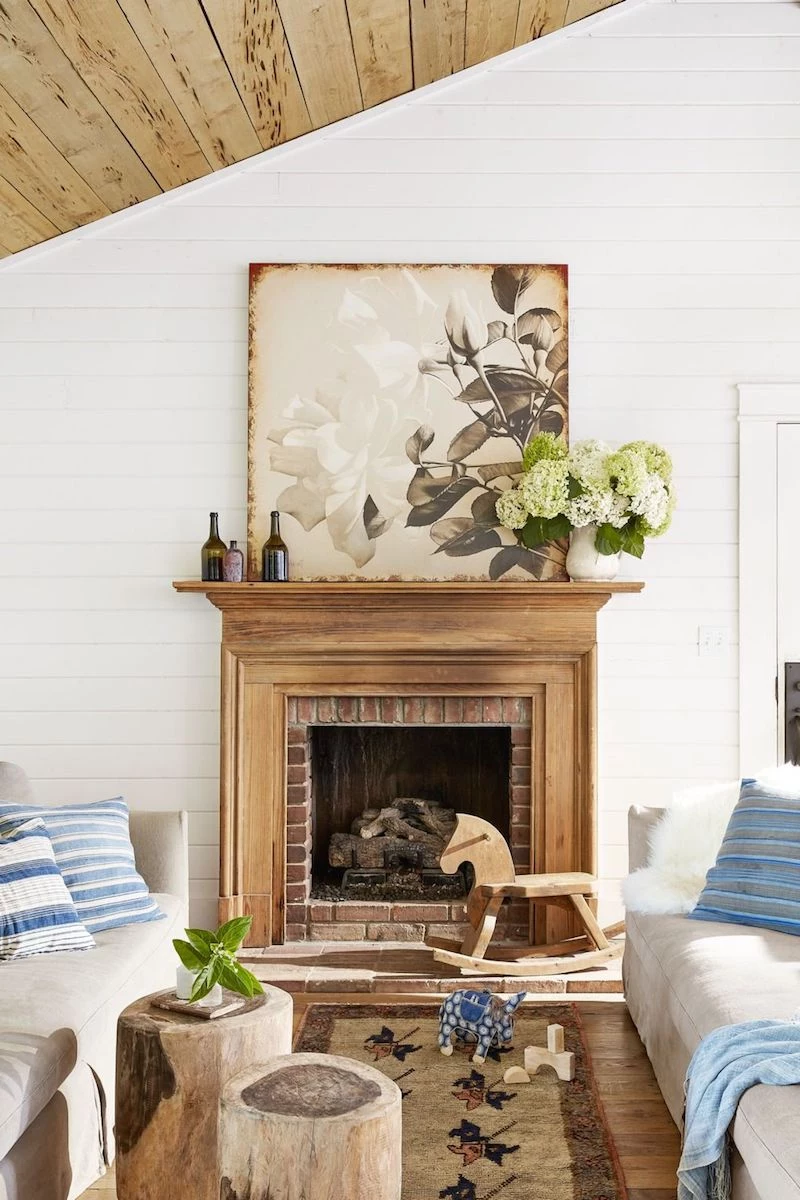
So, let’s walk through what you actually need to know, from the basic science of a good fire to the critical codes that keep your family safe.
First Things First: The Science of a Good, Safe Fire
Before we even think about brick and stone, we need to talk about fire itself. Honestly, most of the problems I’m called to fix come from a simple misunderstanding of how a fireplace is supposed to work. Getting a handle on combustion and draft is the first step to a better, safer fire.
Fuel and the Art of Combustion
Every fire needs three things: heat, fuel, and oxygen. It’s the classic fire triangle. You bring the heat with a match, the fireplace contains it, and the chimney is designed to pull in the oxygen. The fuel part, though, is where a lot of people stumble.
The absolute best fuel you can use is dry, seasoned hardwood. We’re talking oak, maple, or ash. Stay away from pine for open fires; it’s full of resin that pops and creates a ton of excess soot. “Seasoned” just means the wood has been split and left to air-dry for at least six months, but ideally a full year. This gets the moisture content below 20%. I carry a moisture meter in my truck, which you can pick up online for about $25-$50, and it’s an essential tool.
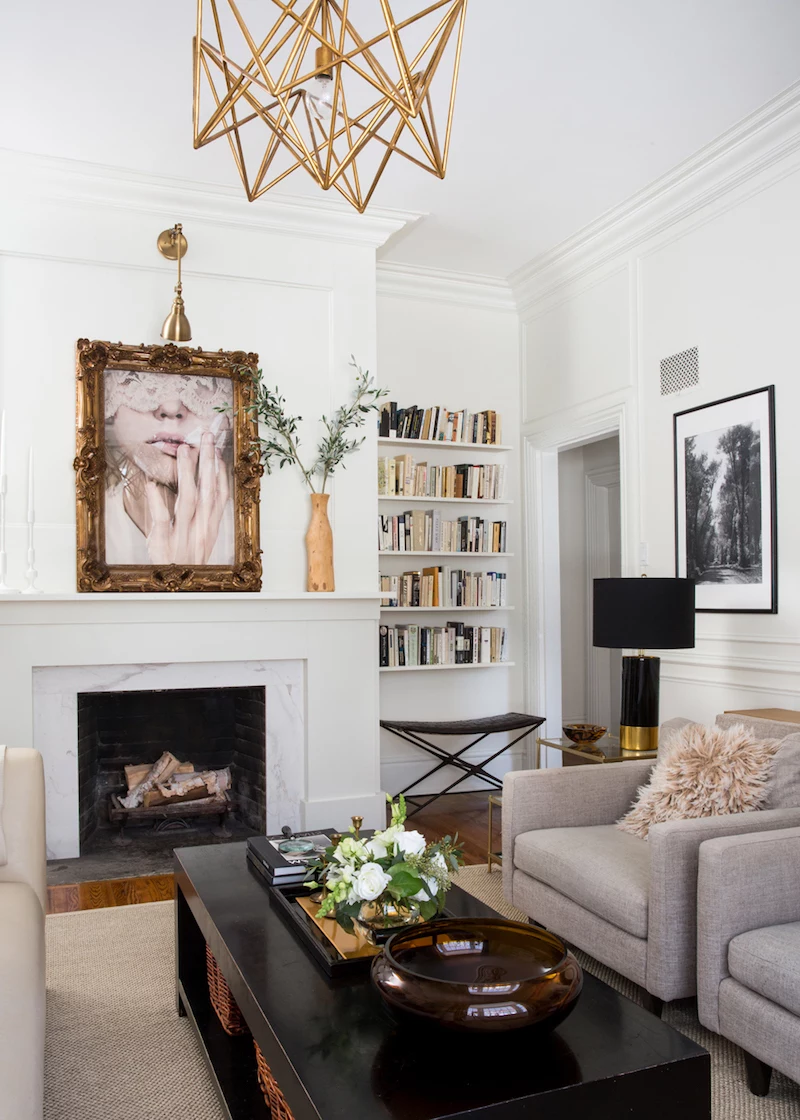
Here’s why this is a big deal: when you burn wet wood, the fire wastes a ton of energy just boiling the water out of the log. This creates a smoky, smoldering fire that gives off very little heat. Even worse, that low-temperature smoke is packed with unburned gunk that sticks to the inside of your chimney as creosote—a black, tar-like substance that’s extremely flammable. Wet wood is the number one cause of chimney fires. Period.
Quick tip: Don’t have a moisture meter? Grab two logs and knock them together. Seasoned wood will make a sharp, hollow “clack.” Wet wood makes a dull, heavy “thud.”
Let’s Talk About Draft
So, why does smoke go up the chimney? The simple answer is that hot air rises. The fire heats up the air and gases in your firebox, making them lighter than the cooler air in your room. This pressure difference is what pushes the smoke up the flue. We call this upward flow the “draft.”
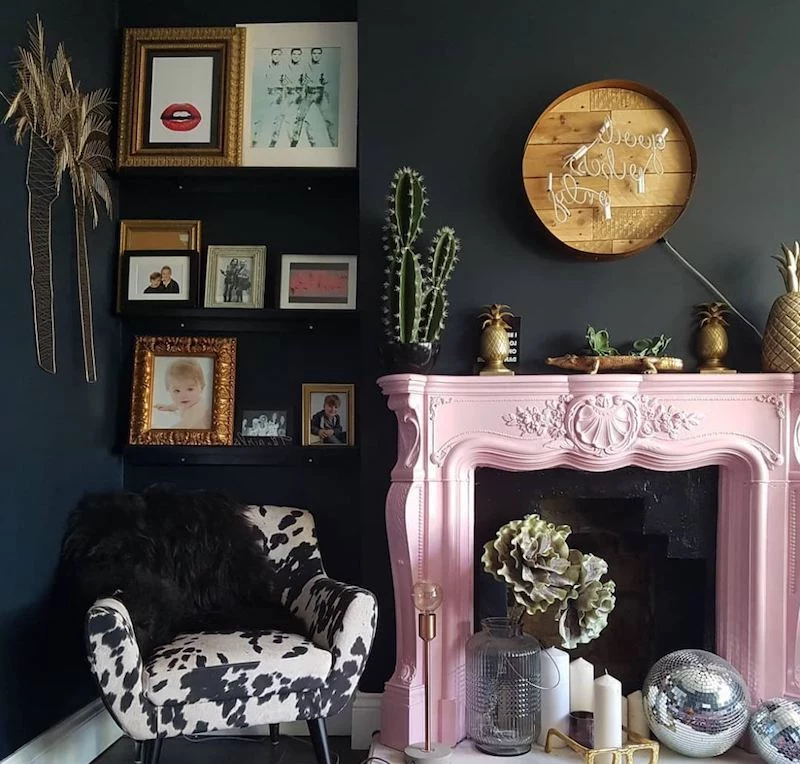
A good draft pulls every last bit of smoke out of the house. A bad draft… well, that’s when you’re waving a magazine at your smoke alarm. Several things can mess with your draft:
- Chimney Height: Taller chimneys generally create a stronger pull. Building codes have a rule for this, sometimes called the “3-2-10 rule.” It basically says a chimney needs to be at least three feet tall and extend two feet higher than anything within ten feet of it. This helps keep wind from blowing back down the flue.
- Flue Size: The flue, which is the channel inside the chimney, has to be the right size for the fireplace opening. If it’s too small, it’s like trying to drain a bathtub through a straw. If it’s too big, the smoke cools down too fast, slows down, and drops more creosote.
- Air Pressure: This is a big one in modern homes. Our houses are sealed up tight for energy efficiency, which is great, but it can starve a fire of the air it needs. If you turn on a kitchen or bathroom exhaust fan and suddenly get a puff of smoke in the room, your house might be too airtight. Sometimes cracking a window nearby is all it takes to fix it.

The Different Types of Fireplaces: A Breakdown
When you say “fireplace,” it could mean a few different things. Each type has its own pros, cons, and price tag. Let’s break them down so you know what you’re looking at.
The Classic: Traditional Masonry Fireplaces
This is the real deal, built on-site brick by brick or stone by stone. It’s so heavy it needs its own concrete footing in the foundation, making it a permanent part of the house. The firebox is lined with special firebrick that can handle insane temperatures, held together with refractory mortar that won’t crack under the heat. Using regular bricks or mortar here is a recipe for disaster.
From my experience, I once restored a very old fireplace that had a unique design—it was tall and shallow with angled sides. This setup was brilliant; it was designed to reflect way more radiant heat back into the room instead of letting it all escape up the chimney. It’s a great example of how some traditional techniques were incredibly advanced.
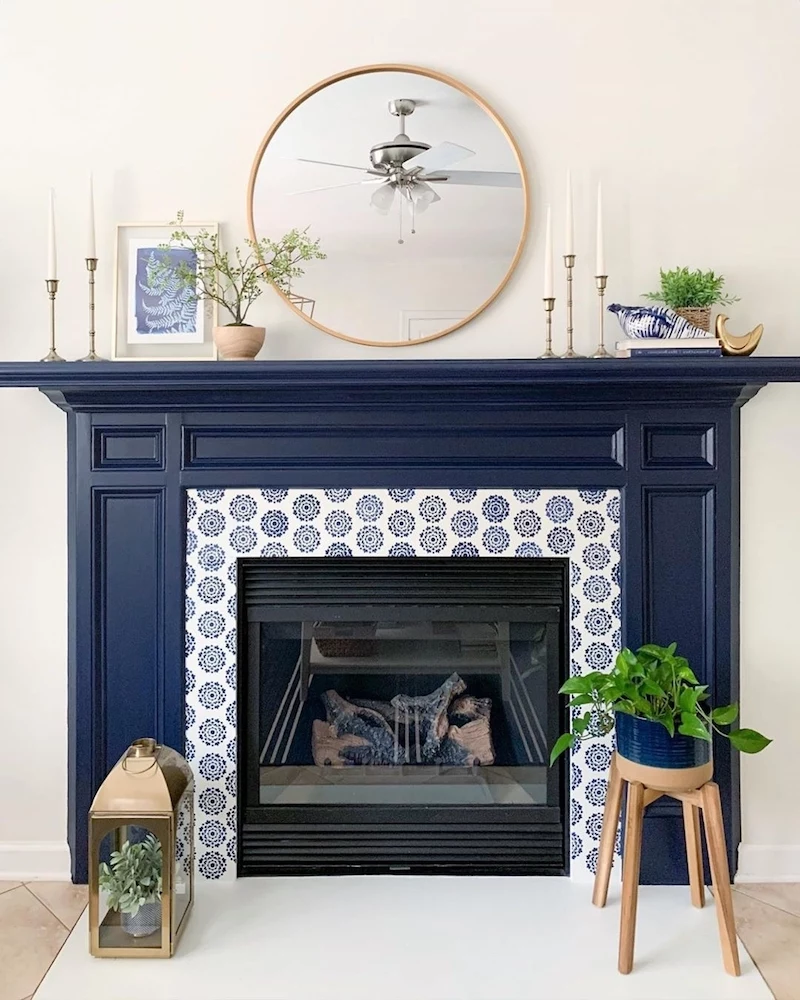
The bottom line? A masonry fireplace is a work of art, but it’s a serious investment. You’re looking at a cost of anywhere from $15,000 to $30,000+ depending on the materials and complexity. They last for generations but, honestly, they’re not very efficient at heating.
The Modern Workhorse: Zero-Clearance (ZC) Fireplaces
These are the factory-built metal boxes you see more often these days. They’re engineered and tested to be installed with minimal clearance to combustible materials like wood framing—hence the name. They’re much lighter, don’t need a special foundation, and come with a matching lightweight metal chimney system.
Heads up! “Zero-clearance” doesn’t mean you can jam wood right up against the unit. It means the clearances are built-in, but you must follow the manufacturer’s installation manual to the letter. I’ve seen scary situations where contractors ignored the specs, creating a huge fire risk inside the walls.
A ZC unit is a more budget-friendly option, typically running $6,000 to $12,000 for the unit and professional installation. They have a shorter lifespan (maybe 20-30 years) but are much better at producing heat than an open masonry fireplace.
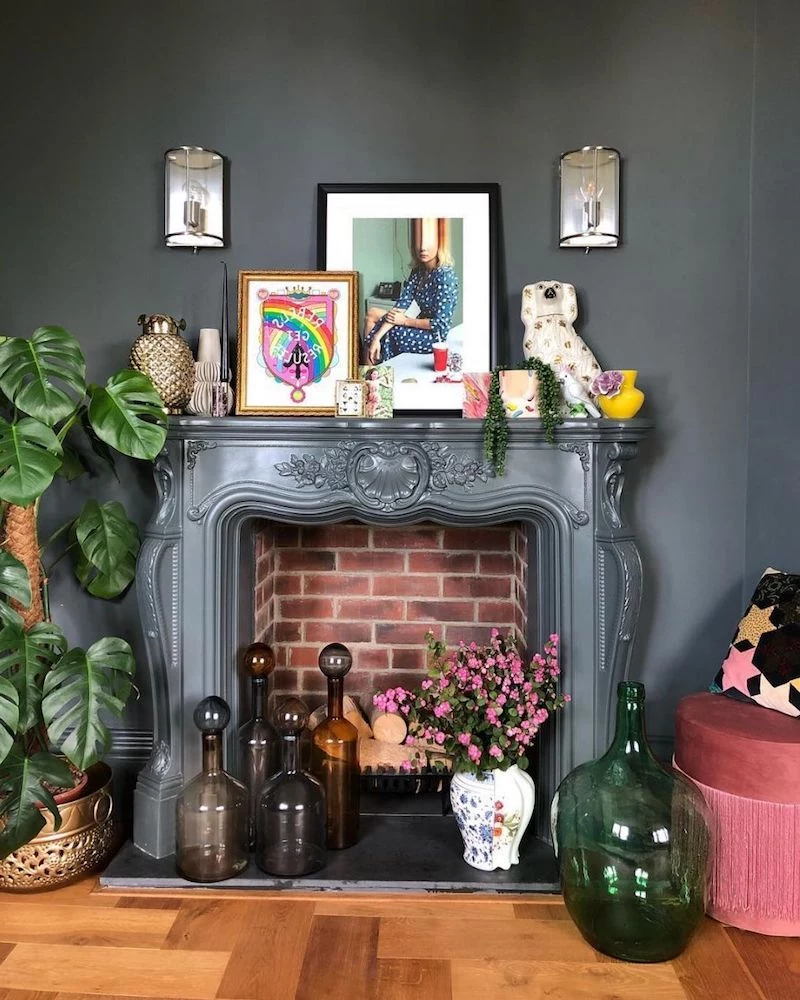
The Upgrade: Fireplace Inserts
Have an old, drafty masonry fireplace you never use? An insert is your best friend. It’s basically a wood or gas stove designed to slide right into your existing fireplace opening. This is probably the most popular project we do because it can transform an energy-sucking hole in the wall into an efficient heater.
A critical point here: any insert installation requires a new, stainless steel chimney liner that runs all the way from the insert to the top of the chimney. This is not optional. It’s a safety requirement. The new liner is properly sized for the insert, ensuring a great draft and preventing creosote from building up in that big, old, cold flue. Skipping this step is just plain negligent.
An insert is a fantastic middle-ground solution, usually costing between $3,500 and $7,000 for the unit and a full, professional installation with the liner.

The Convenient Option: Gas Fireplaces
Gas fireplaces give you that cozy ambiance with the flip of a switch. The most common and efficient kind is the direct-vent unit. They have a sealed glass front and use a clever pipe-within-a-pipe system to pull air from outside and vent the exhaust. This means they don’t suck the warm air out of your room. Plus, they can be vented straight out a wall, so you don’t even need a traditional chimney.
Just a word of caution on “vent-free” gas fireplaces. These units vent directly into the room. While they have sensors, I’m not a huge fan. They release a lot of water vapor and can be risky in a tightly sealed home. They’re even illegal in some places. Always, always have working carbon monoxide detectors if you have any gas appliance.
What to Expect During a Fireplace Installation
Okay, so you’ve decided to get a new fireplace or insert. What’s it actually like? Let me give you the real-world rundown. It’s a construction project, and your living room is the job site.

Expect some disruption. We’ll lay down floor protection and hang plastic sheeting to control the dust, but… there will be dust. There will also be noise—saws, hammers, drills. An insert installation might take one to two full days. A ZC unit could be two to four days. A full masonry build? That can take weeks, depending on the complexity.
The key is to plan for it. Clear the area of any furniture, rugs, or valuables you don’t want getting dusty. And make sure you’re working with a pro who respects your home and cleans up thoroughly at the end of each day.
How to Hire the Right Pro (and Avoid the Wrong One)
Telling you to “hire a professional” is easy advice to give, but how do you find a good one? This isn’t the time to just go with the cheapest quote. Your home’s safety is on the line.
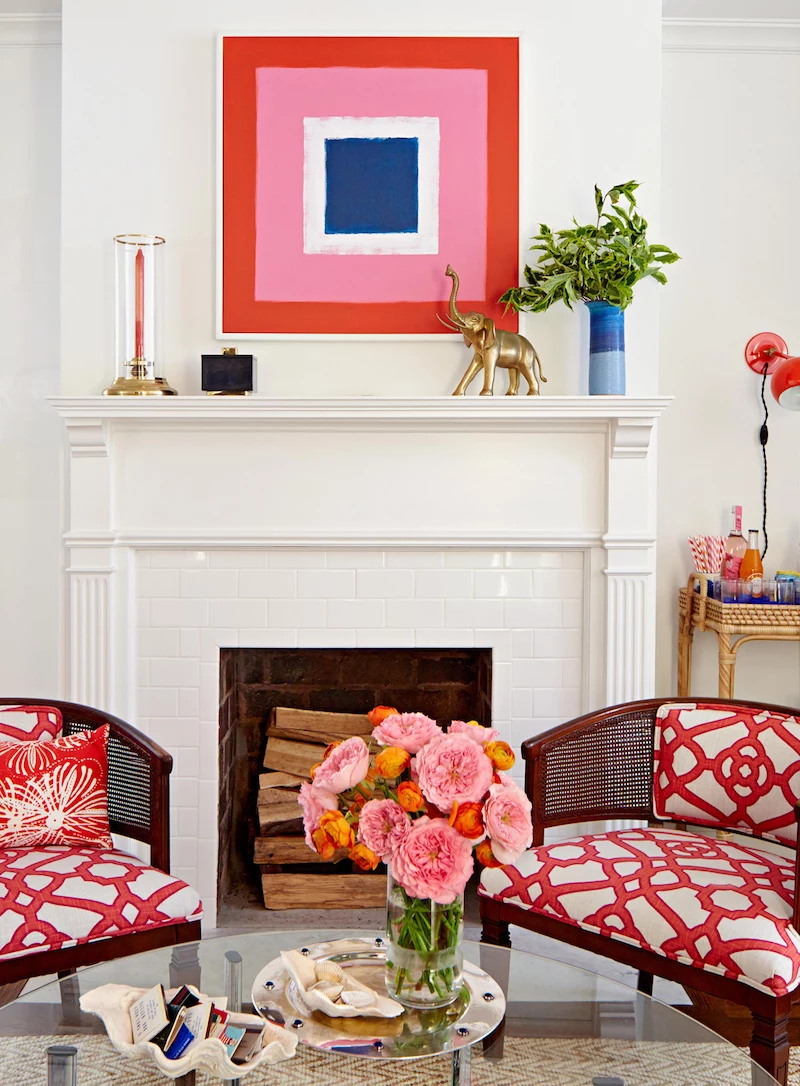
When you’re interviewing a mason or installer, ask these questions:
- Are you certified and insured? Ask to see proof of liability insurance. Certification from a body like the Chimney Safety Institute of America (CSIA) is a huge plus.
- Can I see a portfolio of your work? You want to see pictures of projects similar to yours.
- Will you be pulling a permit? For any new build or major renovation, the answer MUST be “yes.” If they suggest skipping permits to save money, show them the door. That’s a massive red flag.
- Can you provide a detailed, written estimate? It should break down the costs for materials, labor, and any subcontracting.
Watch out for contractors who want a huge percentage of the payment upfront in cash or who can’t give you straight answers. A true professional will be patient, knowledgeable, and transparent.
The TV-Over-the-Fireplace Question
Ah, the great debate. I get asked this on almost every job. My professional opinion? It’s generally a bad idea. First, heat rises, and you’re basically slow-cooking your expensive TV. Second, it’s terrible ergonomics. Mounting a TV that high is a literal pain in the neck.
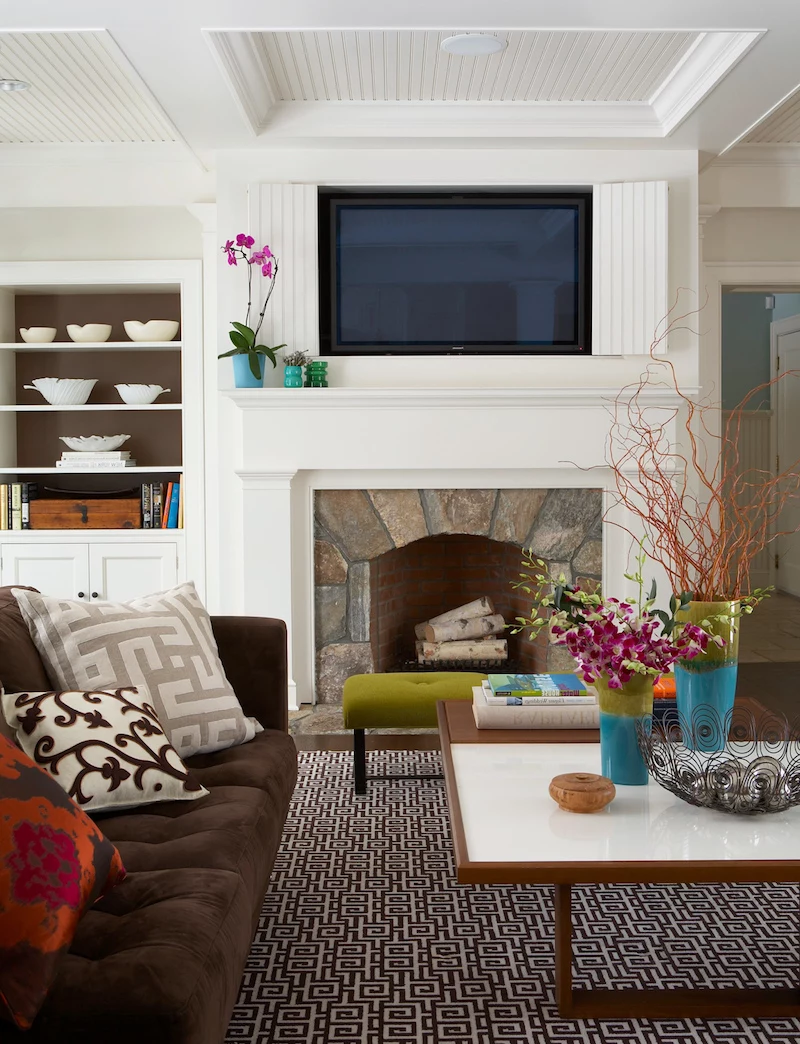
But, I get it. Sometimes it’s the only layout that works. If you’re absolutely set on it, we can take steps to make it safer. A deep mantel—say, one that’s at least 8 to 10 inches deep—can act as a heat shield. Even better is building a recessed niche into the wall above the fireplace, which protects the TV from the direct flow of heat. But honestly, a beautiful piece of art is a much more timeless choice for that spot.
Maintenance, Safety, and When to Make the Call
I can’t say this enough: owning a fireplace is an active responsibility. You have to maintain it. The National Fire Protection Association (NFPA) recommends an annual inspection and cleaning as needed by a certified chimney sweep.
A basic fireplace toolkit should include:
- A metal ash can with a tight-fitting lid (around $30 at any hardware store). Never use a plastic bucket or a vacuum! Embers can stay hot for days.
- A good pair of heat-resistant gloves ($20).
- A fireplace poker and brush set.
Finally, a word on troubleshooting a common issue: that weird smell. If you get a dusty, burning smell during the first fire of the season, that’s normal—it’s just dust burning off. But if you have a persistent, acrid smell, it could mean a flue blockage (like an animal’s nest) or a serious drafting problem. If it doesn’t go away, call a professional sweep right away.
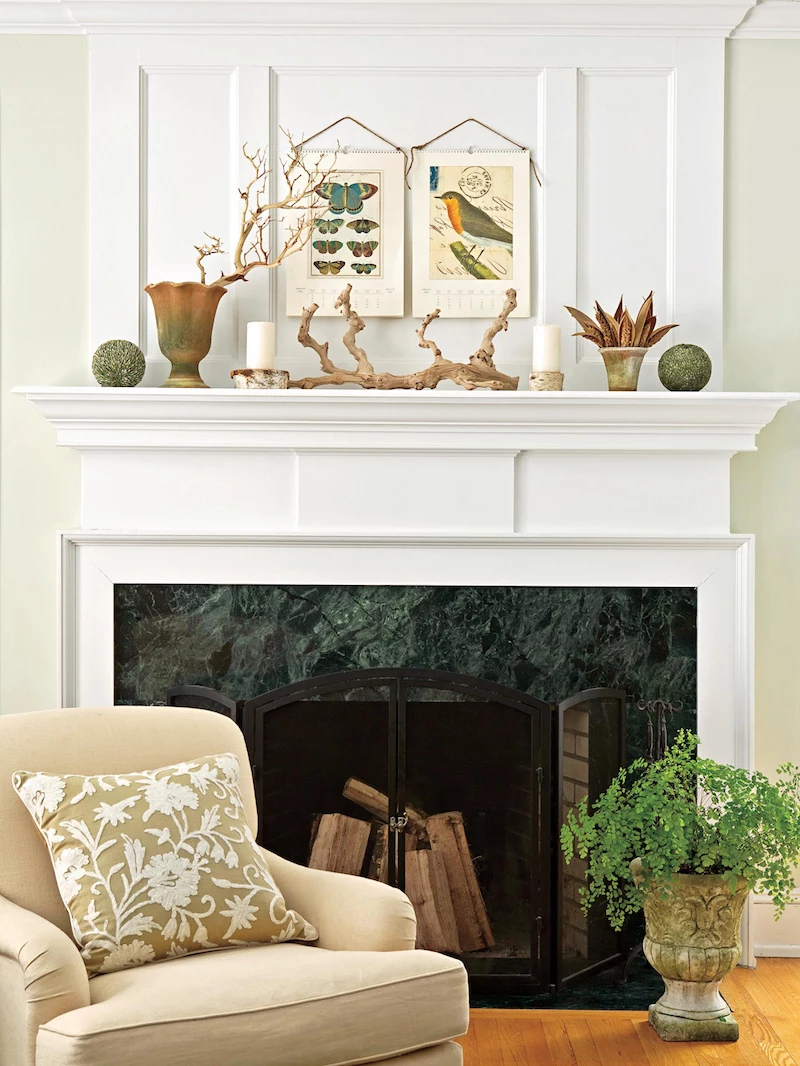
A fireplace can be a wonderful, soul-warming part of a home. It demands respect, but if you understand how it works and commit to maintaining it, it will be a safe and cherished centerpiece for years to come. Investing in professional advice isn’t just a good idea—it’s peace of mind.
Inspirational Gallery
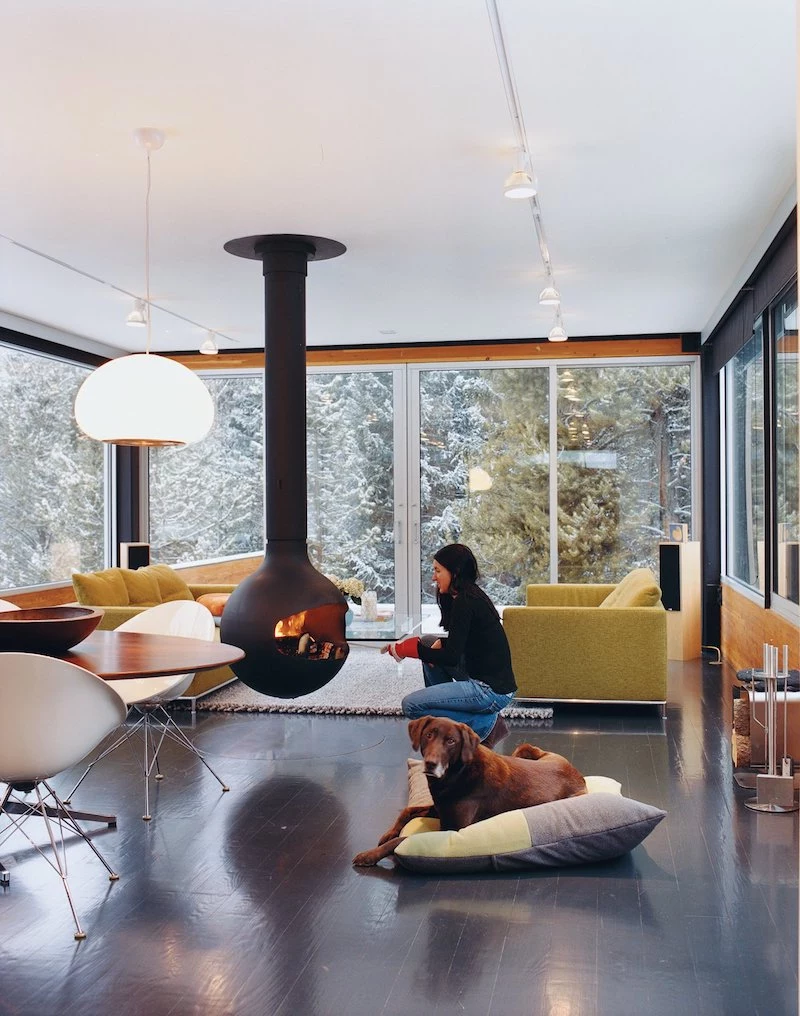
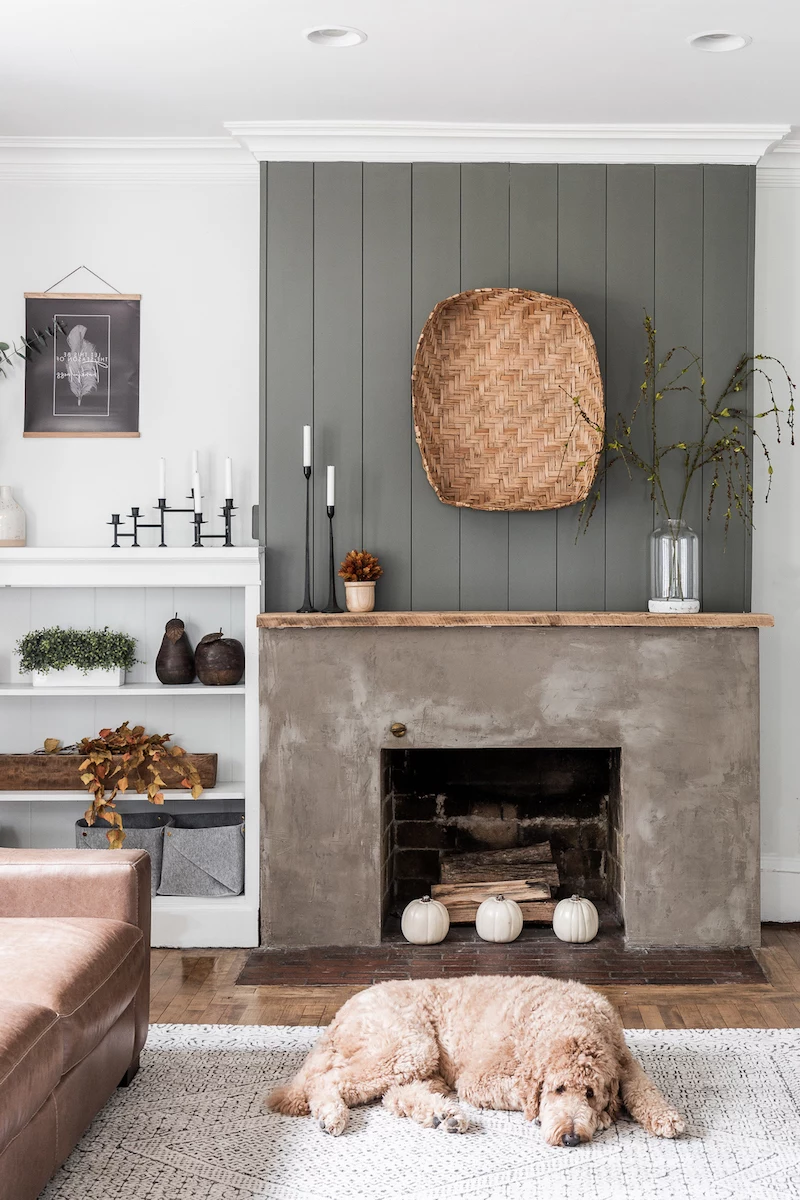
The forgotten check: Before your first fire of the season, open the flue and use a flashlight to look up the chimney. You’re checking for obstructions like bird nests or debris. A blocked chimney is a primary cause of smoke filling the room and, more dangerously, carbon monoxide buildup.
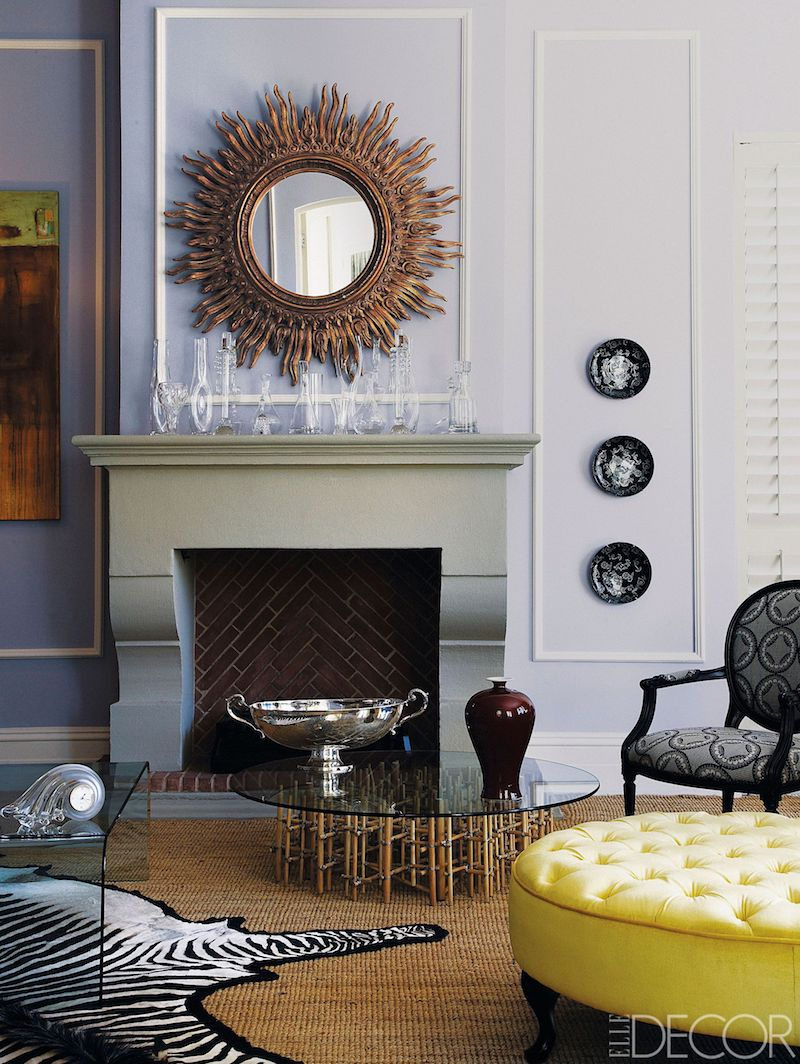
- A warm, crackling fire.
- Reduced drafts when not in use.
- Enhanced safety from flying sparks.
The secret? Installing well-fitted glass fireplace doors. They not only improve efficiency by radiating heat into the room but also act as a crucial safety barrier, especially in homes with children or pets.

According to the National Fire Protection Association (NFPA), failure to clean creosote from solid-fueled heating equipment is a leading cause of home heating fires.
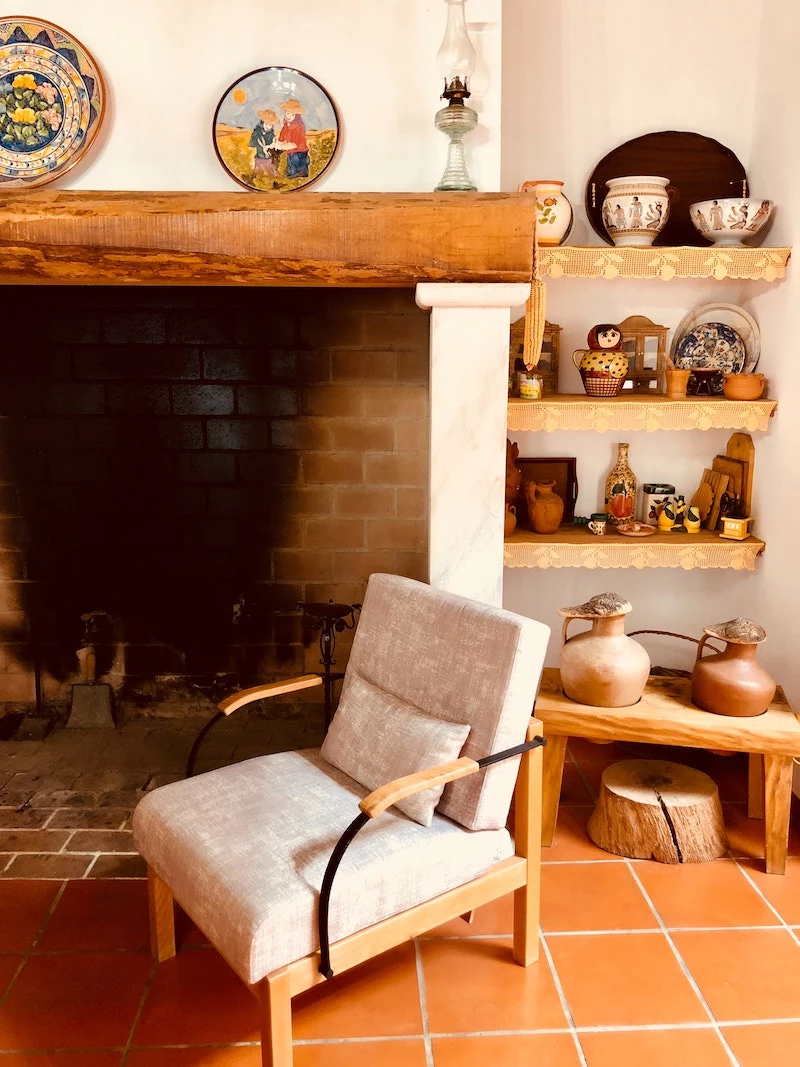
Can I paint the brick around my fireplace?
Absolutely, and it’s a fantastic way to update the look. The key is using the right product. You’ll need a heat-resistant paint designed for masonry. Brands like Brick-Anew or Benjamin Moore’s INSL-X High-Temperature Paint can handle the heat without blistering or releasing toxic fumes. Proper prep is non-negotiable: clean the brick thoroughly with a wire brush and a TSP (trisodium phosphate) solution before you even think about picking up a roller.
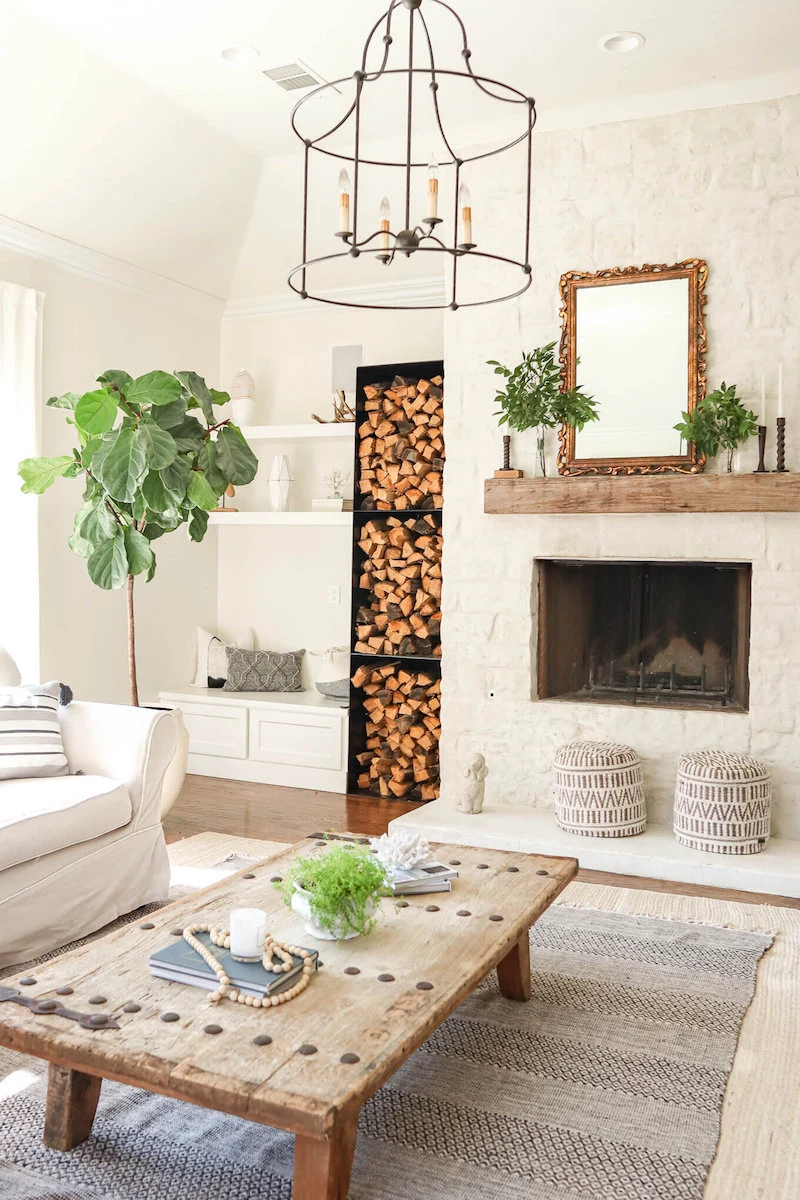
Your hearth’s toolkit is more than just decorative. A sturdy poker helps manage logs and improve airflow, tongs allow for safe repositioning of hot wood, a shovel makes ash cleanup manageable, and a natural fiber brush keeps the area tidy. Look for solid iron or steel sets for longevity.

Gas Insert: Offers ultimate convenience with a simple switch or remote. Provides consistent heat and requires minimal cleaning, but lacks the authentic crackle and scent of a wood fire.
Wood-burning Insert: Delivers the classic ambiance and powerful radiant heat of real flames. It’s more work—requiring wood storage, loading, and regular cleaning—but offers off-grid heating. A brand like Regency or Napoleon can significantly improve an old masonry fireplace’s efficiency.
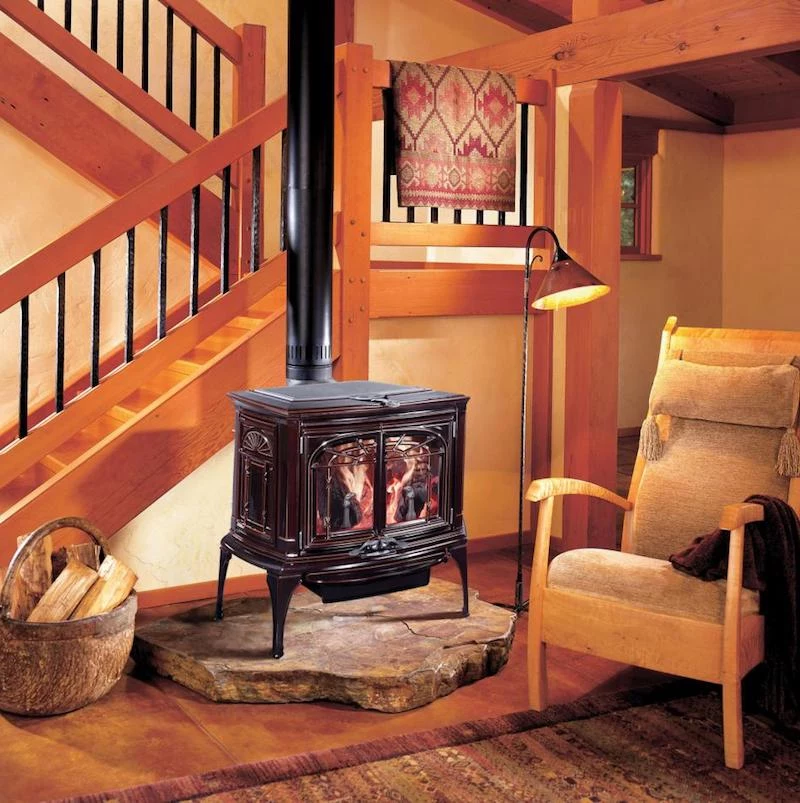
The choice of tile for a fireplace surround can define the entire room’s character. For a modern, sleek look, consider large-format porcelain in a concrete or marble finish. To embrace a classic or farmhouse style, Zellige tiles offer handcrafted charm with their subtle color variations and imperfect surfaces. Always ensure your adhesive and grout are rated for high-temperature applications.
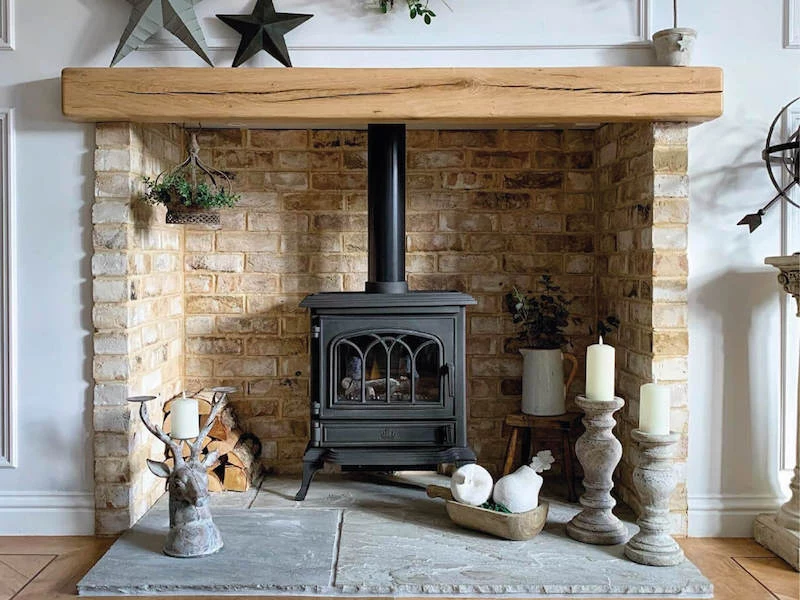
An estimated 3 millimeters (about 1/8 inch) of creosote buildup is enough to fuel a chimney fire hot enough to crack flue liners and ignite the home’s structure.
This oily, tar-like substance is a natural byproduct of burning wood. A professional chimney sweep, certified by an organization like the Chimney Safety Institute of America (CSIA), should inspect and clean your system annually to mitigate this serious risk.
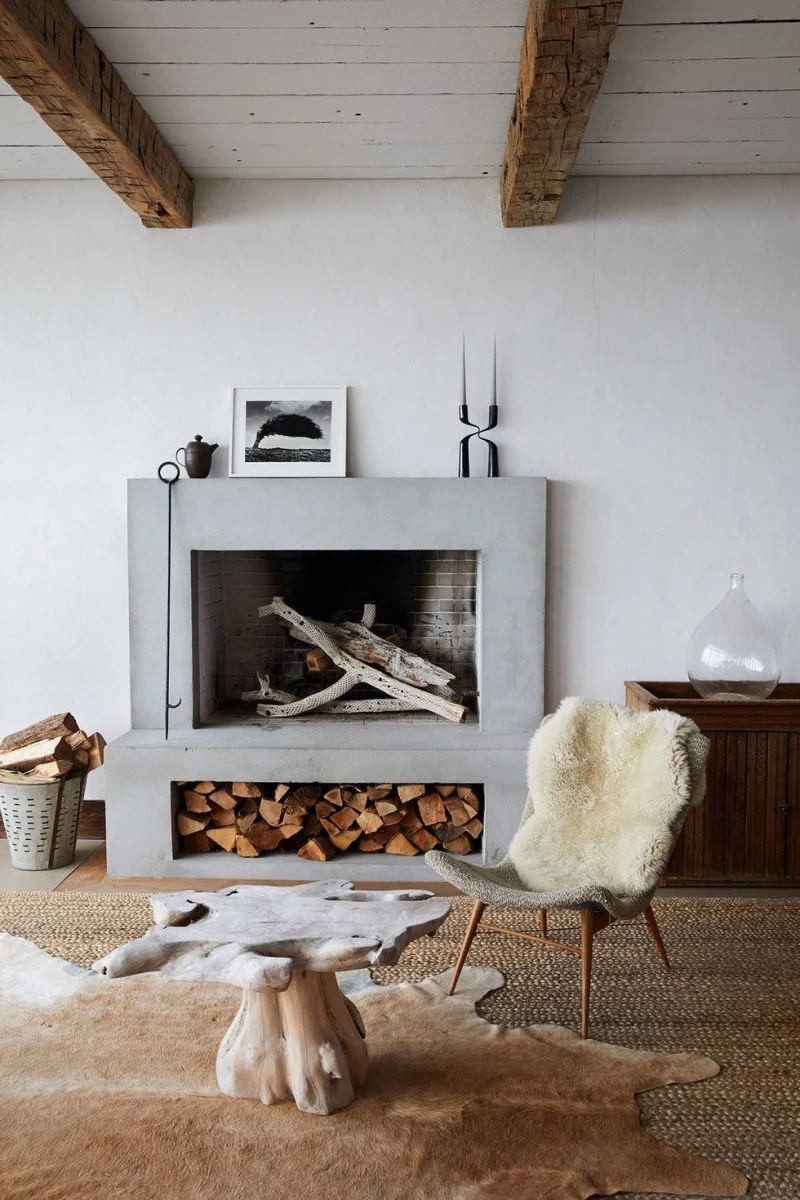
Don’t let your mantel sit empty outside of the holiday season. Think in layers:
- Anchor: Start with a large piece like a mirror or canvas art to create a focal point.
- Height: Add candlesticks or tall vases on one side to draw the eye upward.
- Texture: Incorporate a small stack of books, a ceramic object, or a small plant to add depth and interest.
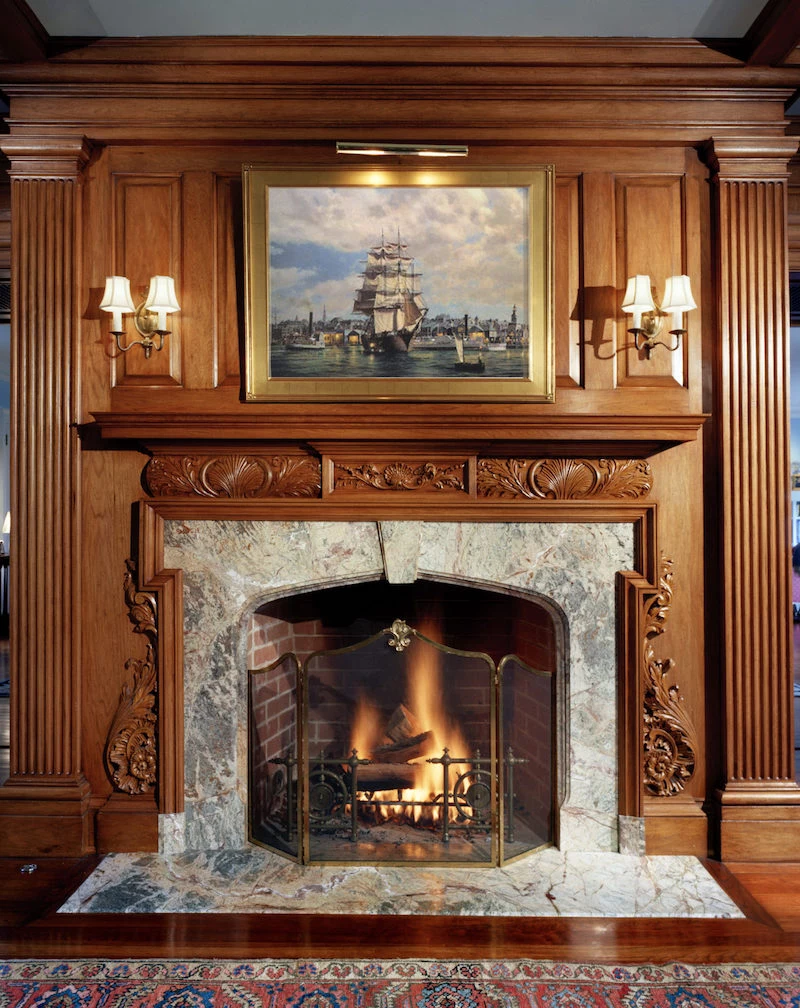
The Scandinavian concept of ‘hygge’—a feeling of cozy contentment—is intrinsically linked to the hearth. More than just a heat source, the fireplace is a gathering point, a soft-lit centerpiece that encourages slowing down and enjoying the simple comfort of warmth and light.
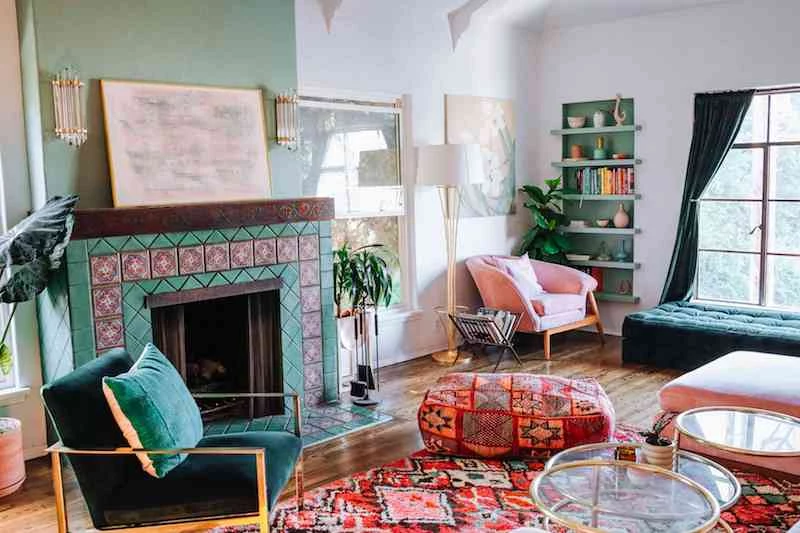
A common mistake: Piling logs against the back and side walls of the firebox. This prevents proper air circulation, leading to a smoky, inefficient fire. It also transfers intense heat directly to the masonry, which can cause premature cracking and damage over time. Always build your fire on the grate in the center of the firebox.
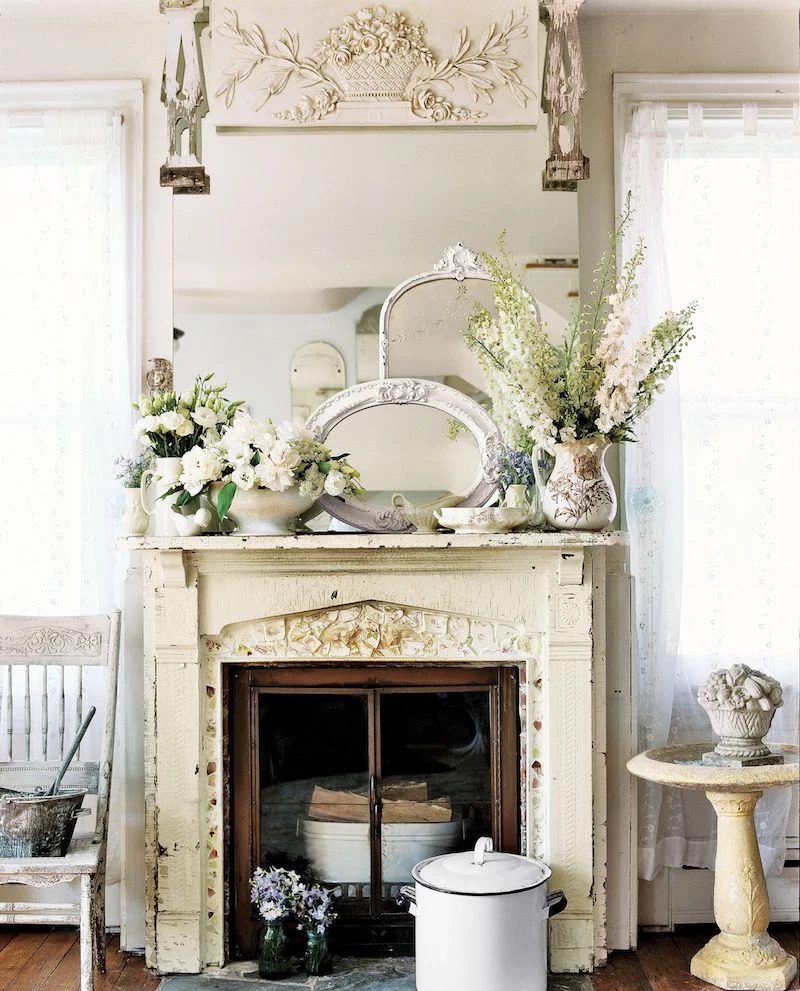
- Dryer lint packed into cardboard egg cartons.
- Cotton balls dipped in melted wax (beeswax or soy wax work well).
- Pinecones coated in wax.
These DIY fire starters are an effective and eco-friendly alternative to chemical-laden lighter fluids. They catch quickly and provide a sustained flame to ignite your kindling properly.
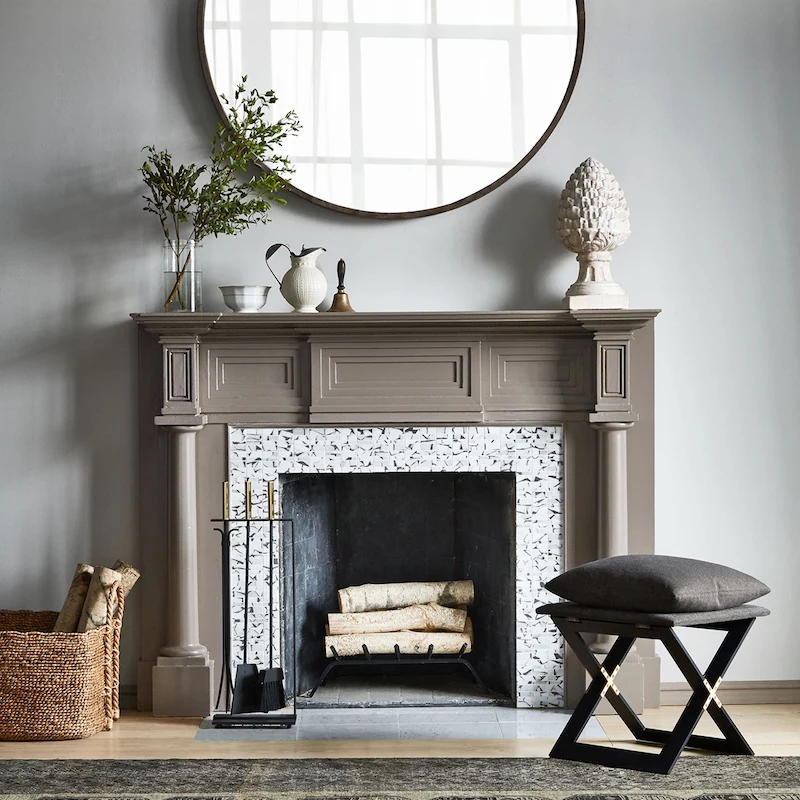
What’s the best way to handle fireplace ash?
Patience is key. Wait at least 24-48 hours for embers to cool completely. Use a metal shovel and store the ashes in a covered metal container, never in a paper bag or plastic bin. Keep the container on a non-combustible surface like concrete, away from your house, until you’re ready for final disposal. Wood ash can be a great addition to garden compost, as it’s rich in potassium and lime.
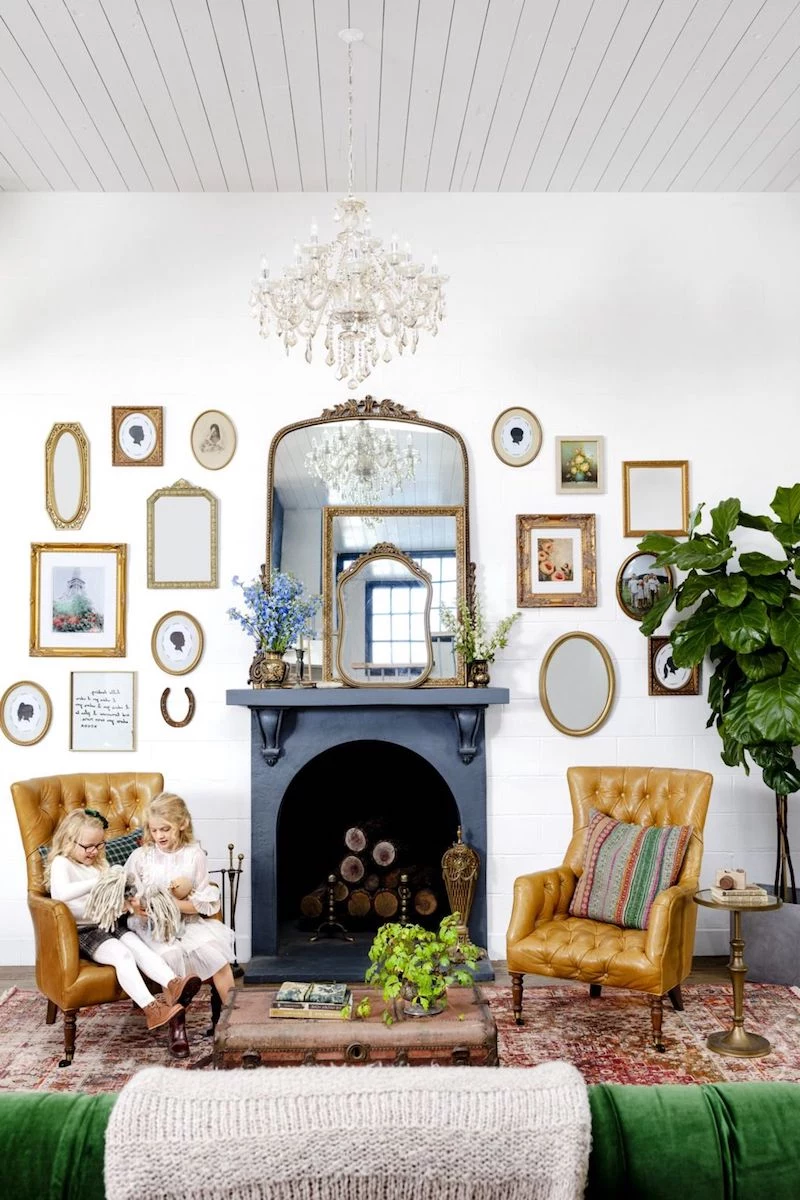
The scent of a fire is part of its magic. While oak and maple provide excellent, long-lasting heat, occasionally adding a log of apple or cherry wood can introduce a subtle, sweet, and pleasant aroma to the room, enhancing the sensory experience.
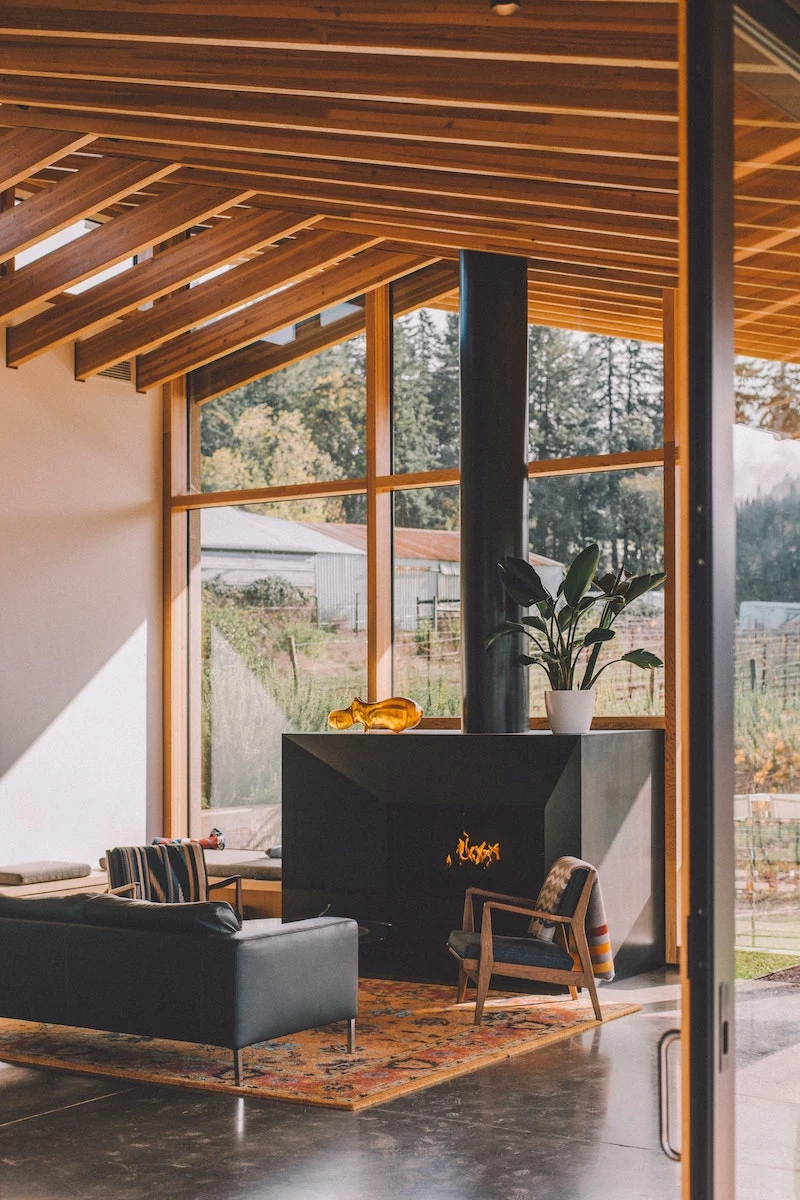
Mesh Screen: A simple, often more affordable option that effectively stops sparks and embers from escaping the firebox. It allows the sounds and smells of the fire to permeate the room fully.
Glass Doors: A higher-investment choice that dramatically increases heating efficiency by radiating warmth and preventing room air from being pulled up the chimney. They offer a superior safety barrier.
For pure ambiance, choose mesh. For heat efficiency and top-tier safety, glass is the winner.

Linear fireplaces, like the minimalist models from Valor or Montigo, are reshaping modern living spaces. Set within a wall with a ‘clean-face’ or trimless finish, they create a panoramic ribbon of flame that acts as living art, focusing on the fire itself without the traditional bulk of a hearth and mantel.
Even a non-working fireplace can be a stunning architectural feature. Fill the firebox with a curated stack of white birch logs for a rustic, clean look, or place a collection of different-sized pillar candles (consider high-quality LED versions for safety and convenience) on a candelabra to mimic the flicker of a real fire without the upkeep.










